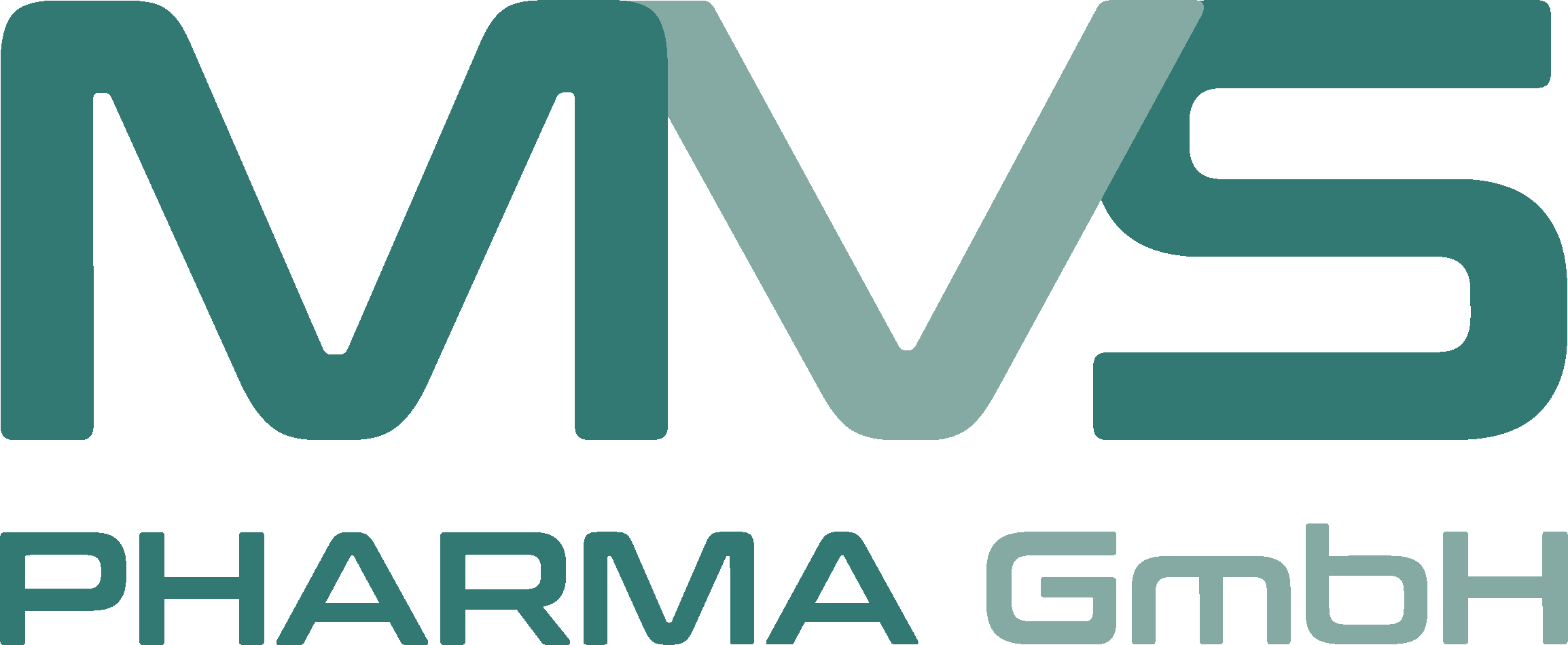Original publication: Mateusz Cholewski, Monika Tomczykowa, and Michał Tomczyk (2018), A Comprehensive Review of Chemistry, Sources and Bioavailability of Omega-3 Fatty Acids, Nutrients 2018, 10(11), 1662; Source: click here.
Omega-3 bioavailability and oxidation stability: Key Insights
Omega-3 fatty acids, essential cell components, have long intrigued scientists. However, research primarily focuses on a select group of crucial omega-3 polyunsaturated fatty acids. This comprehensive review by Mateusz Cholewski, Monika Tomczykowa, and Michał Tomczyk provides an extensive overview of omega-3 monounsaturated and polyunsaturated fatty acids, along with their modifications, emphasizing their significance in biological functions.
Chemical structuring and Bioavailability
Monounsaturated omega-3s serve as pheromone precursors in insects, while long-chain polyunsaturates play critical roles in the central nervous system, mammalian reproductive systems, and immune modulation. The review explores their chemical structures, binding forms (such as triacylglycerols, phospholipids, and ethyl esters), and bioavailability, highlighting a correlation between structural composition and absorption efficiency.
Effective supplementation methods are thoroughly examined, detailing dietary sources with a focus on commonly available foods. Both oral and parenteral administration routes are considered, including omega-3 transport across the blood-brain barrier. Given varying dietary habits, the interactions between dietary fatty acid intake are also analyzed.
Oxidation: The Hidden Threat to Omega-3 Effectiveness
Since omega-3 fatty acids are highly susceptible to oxidation, improper storage conditions can significantly accelerate their degradation. The review briefly addresses how oxidation affects their bioavailability, emphasizing the importance of preservation techniques.
Long-chain omega-3 polyunsaturated fatty acids (LC omega-3 PUFAs) are highly susceptible to oxidation. Some studies have detected elevated levels of peroxidized lipids in fish oil capsules, raising concerns about potential adverse health effects from their regular consumption. As a result, oxidation prevention strategies are crucial.
The most popular and effective method for protecting omega-3 fatty acids from oxidation is adding tocopherol (vitamin E) or rosemary extract. Other options are microencapsulation, using whey protein isolate (WPI) and gum arabic (GA) complex coacervates, as well as spray-dried microcapsules or a more cost-effective alternative – ionic gelation, utilizing Salvia hispanica (chia) mucilage in combination with sodium alginate and calcium.
The impact of oxidation on omega-3 bioavailability remains uncertain. Studies by Staprans and Naruszewicz suggest that consuming peroxidized vegetable oils increases peroxidized lipid levels in chylomicrons. However, Ottestad’s research indicates that the intake of oxidized cod liver oil does not affect the incorporation of omega-3 PUFAs into triacylglyceride-rich lipoproteins.
The following key findings in the research contribute to a better understanding of the nature of the omega-3 fatty acids and help the MVS Pharma team in their initial and further work to offer a new and exceptional product on the market:
- Oxidation leads to the degradation of omega-3 fatty acids, reducing their efficacy and producing harmful byproducts.
- Antioxidant additives, such as vitamin E, are added to mitigate oxidative damage.
- Proper storage conditions, including protection from light and heat, are essential to maintaining product integrity.
- Because of the pollutants in fish oil products, such as heavy metals (e.g., mercury, lead) and polychlorinated biphenyls (PCBs), a proper purification process is a must
- Regulatory standards and quality control measures are critical in ensuring product safety.
Bioavailability of Omega-3 fatty acids
One of the main points reviewed in the study with major significance is bioavailability. This is a relative concept that refers to both the rate and extent of the omega-3 acids’ absorption. The rate of absorption describes how quickly a substance is taken up from the gastrointestinal tract and enters the portal circulation. However, absorption is limited by various factors, meaning only a portion of the ingested substance reaches the bloodstream.
In a narrower sense, bioavailability refers specifically to the extent of absorption and the speed at which the substance is transported to the portal circulation. More broadly, it encompasses the total amount of the substance that ultimately reaches systemic circulation or its intended physiological site of action.
This wider perspective is particularly relevant when considering the effects of metabolism and excretion, as not all absorbed substances make it to their target tissues. Understanding these differences is essential for pharmacokinetics and effective dietary planning.
The Role of Triglycerides vs. Ethyl Esters in Absorption
In fish and fish oils, long-chain omega-3 PUFAs are mainly found as triacylglycerides and free fatty acids. In krill oil, phospholipids are also an important fraction of these fatty acids (30–65% of EPA and DHA), mainly phosphatidylcholine. EPA and DHA represent approximately 18% and 12%, respectively, of the content of naturally occurring fish oils. However, due to the transesterification process, oil blends often contain much more of both EPA and DHA. This process is related to the substitution of the removed glycerol backbone with ethanol, resulting in the formation of ethylesters (EE), which can then be converted to re-esterified TG (rTG). In different studies, it was proved that triglyceride forms showed superior absorption rates compared to ethyl esters.
TAG vs. EE Omega-3 Supplements: Which Is Better?
| Factor | Triglycerides (TAG/rTAG) | Ethyl Esters (EE) |
|---|---|---|
| Absorption Rate | High | Lower |
| Stability & Shelf Life | More stable | Less stable |
| Digestibility | Easily hydrolyzed | Requires enzymatic conversion |
Studies confirm that TAG and rTAG forms have 30%–50% higher bioavailability than EE-based supplements.
How can levels of omega-3 fatty acids be measured?
Omega-3 fatty acid (FA) concentrations can be measured in plasma, serum, blood cells, and lymph. Plasma FA levels reflect short- to medium-term dietary intake, whereas blood cell concentrations serve as a more reliable indicator of long-term bioavailability.
For long-chain omega-3 fatty acids, various biomarkers can indicate the presence of DHA in specific forms. However, only one—phospholipid EPA levels in plasma—is considered useful for assessing EPA levels. While erythrocyte EPA alone is a weak dose-dependent marker of long-chain omega-3 PUFA intake at typical dietary levels, the combined measurement of erythrocyte EPA and DHA provides a relatively reliable indicator of long-term bioavailability. This measure also reflects omega-3 content in non-blood tissues.
What do studies say? (Omega-3 bioavailability and oxidation stability)
A study identified EPA + DHA-PC as the preferred biomarker for sudden changes in omega-3 intake, whereas EPA + DHA levels in platelets and mononuclear cells were better suited for assessing long-term consumption. These markers were particularly useful for tracking omega-3 intake in individuals consuming high-fat fish regularly (1–4 servings per week) in the UK population.
_____________________________________
Application to MVS Pharma GmbH Omega-3 Capsule Development
At MVS Pharma GmbH, our research department critically reviewed the findings of this report to refine our approach to developing high-quality omega-3 capsules. Our development process integrates the insights gained from this study, combined with our own laboratory research and collaborations with trusted suppliers.
Enhancing Bioavailability
We prioritized the use of triglyceride-form omega-3 in our capsules to ensure superior absorption. Our comparative analysis aligned with the findings that this form is better utilized by the body. Additionally, we examined phospholipid-bound omega-3, assessing its potential for enhanced cellular uptake.
Ensuring Oxidation Stability
Recognizing the detrimental effects of oxidation, our capsule manufacturer Lonza, France, incorporated advanced encapsulation techniques, and in the fish oil, high-quality antioxidants like vitamin E are added into our formulations. The stability tests confirmed that these measures significantly extend shelf life and preserve the integrity of the omega-3 content.
Minimizing Pollutant Contamination
Our trusted oil producer, Epax, Norwa,y implemented rigorous purification processes, including molecular distillation, to effectively remove heavy metals, PCBs, and dioxins. Quality control measures, including third-party laboratory testing, ensure that our products exceed regulatory safety standards.
Summary and Conclusion
Our research and development efforts at MVS Pharma GmbH align closely with the scientific findings of the reviewed report. By leveraging bioavailability studies, oxidation prevention strategies, and pollutant removal techniques, we have developed a premium omega-3 supplement that meets the highest standards of efficacy and safety.
MVS Pharma’s team deeply appreciates the research report’s key points about bioavailability, oxidation stability, and pollutant content of omega-3 fatty acid supplements, particularly fish oil-derived products, and evaluates the importance of these factors in ensuring the effectiveness and safety of omega-3 supplementation.


